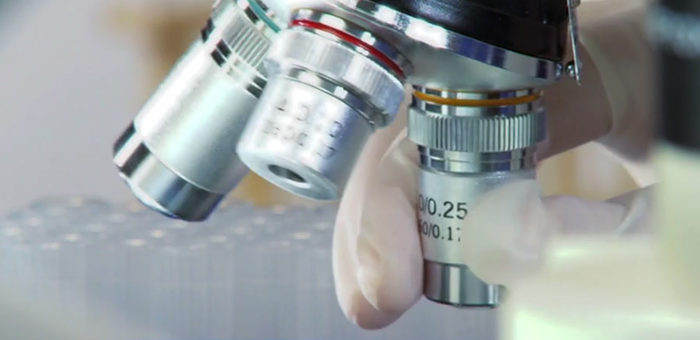The NAE worked alongside other organizations to protect pregnant mothers and the unborn against exposure to mercury. Below is the statement supporting the Environmental Protection Agency’s Mercury Rule.
Our commitment to Jesus Christ compels us to do all we can to protect unborn children from mercury poisoning.
“Jesus said, ‘Let the little children come to me, and do not hinder them, for the kingdom of heaven belongs to such as these.’” (Matthew 19:14)
“For you created my inmost being; you knit me together in my mother’s womb.” (Psalm 139:13)
As evangelical Christians, we believe that all human life is sacred; that each person conceived is of equal and innate value and dignity, and that all human life is worthy of protection.
We are thankful for the many benefits provided by our modern, advanced economy, including vastly improved health care. We recognize, however, that our economic progress has been accompanied by considerable environmental degradation. For example, approximately half of our electricity is generated in coal-fired power plants that emit many toxic pollutants, including mercury. Such power plants are the largest domestic source of mercury pollution, helping to create a situation where one out of six babies born in the U.S. has harmful levels of mercury in their blood.[1]
The Clean Air Act was signed into law over 40 years ago by President Richard Nixon, with significant amendments signed by President George H. W. Bush in 1990. The law as amended provides, among other things, for the protection of all people, and especially pregnant mothers and unborn children, from mercury pollution generated by power plants. Yet until recently, court challenges have tied the hands of those charged with protecting our air quality.
Mercury emitted from power plants drops from air to earth and presently contaminates over 6 million acres of freshwater lakes, 46,000 miles of streams, and 225,000 wetland acres across the U.S. Every state has a fish consumption advisory. Mercury contaminated fish are often eaten by pregnant women. Mercury and other heavy metal toxins pass across the mother’s placenta and enter the bloodstream of her unborn child. A protective shield around the developing child’s brain is not fully formed until the first year of life. Mercury easily crosses into the developing child’s brain causing brain damage, developmental disabilities, neurological disorders, lowered intelligence, and learning difficulties.
On March 16, 2011, the Environmental Protection Agency (EPA) issued the proposed Mercury and Air Toxics Standards. Finally, more than 20 years after the 1990 Clean Air Act amendments were passed, the courts have cleared the way for the issuance of regulations protecting our communities from mercury pollution. These standards when applied are expected to reduce emissions of mercury from power plants by 91 percent.
Opponents of the mercury standards are seeking to weaken or delay the regulations. They argue that the cost of cleaning up our air (about $3-7 per month per family) is too expensive. We welcome an honest debate about how much our children’s health is worth. We believe that our families, and particularly the unborn who are most at risk, deserve protection. We support efforts to safeguard pregnant mothers and our unborn and newborn children from the neurological health risks associated with mercury poisoning.
As an essential step in protecting the vulnerable from mercury pollution, we call upon our leaders in government and industry to act responsibly and humanely, and to implement effective regulations that reduce at least 90% of mercury emissions from power plants without further delay. Our children have already waited far too long for this protection.
[1] See Kathryn R. Mahaffey et al., “Blood Organic Mercury and Dietary Mercury Intake: National Health and Nutrition Examination Survey, 1999 and 2000,” Environmental Health Perspectives, 112, #5 (April 2004): http://ehp.niehs.nih.gov/members/2003/6587/6587.html, and Leonardo Trasande, et al., Public Health and Economic Consequences of Methyl Mercury Toxicity to the Developing Brain, Environmental Health Perspectives, Vol. 113, No. 5 (May 2005): p. 593; http://www.ncbi.nlm.nih.gov/pmc/articles/PMC1257552/pdf/ehp0113-000590.pdf. The 1-in-6 figure, taken from her peer-reviewed research, was used by Mahaffey in a presentation she made while she was the EPA’s top mercury scientist. See http://www.epa.gov/waterscience/fish/forum/2004/presentations/monday/mahaffey.pdf.



 View All Updates
View All Updates 
























